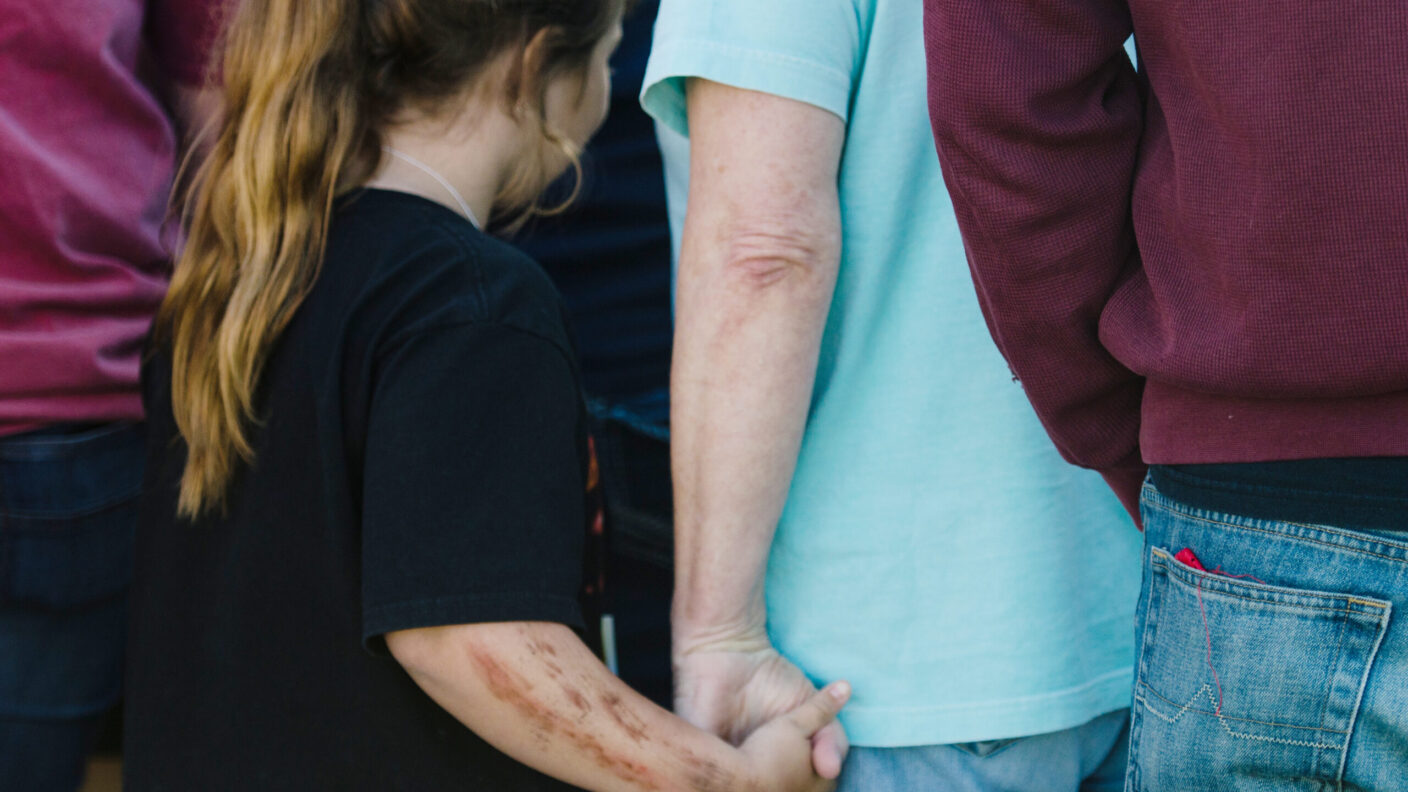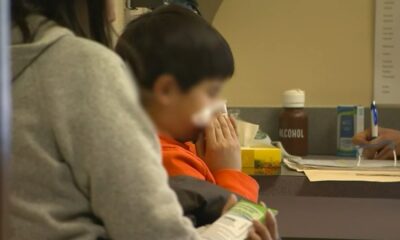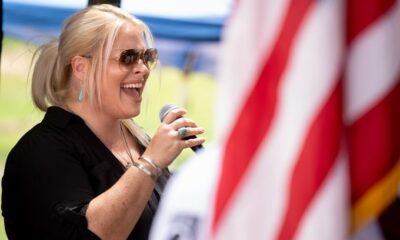Education
Community Bonds Enhance Resilience Against Disasters, Texas A&M Study Reveals

A recent study from the Texas A&M University School of Public Health highlights the crucial role of community cohesion in enhancing resilience after natural disasters. The research, led by Garett T. Sansom, indicates that strong bonds among neighbors can significantly impact recovery efforts following catastrophic events.
The study examined the aftermath of the 2015 Memorial Day Flood in Hays County, Texas, which experienced historic flash flooding that resulted in at least a dozen fatalities and the destruction of more than 2,000 homes. This flood underscored the importance of community support as local volunteer initiatives and neighbor-to-neighbor assistance surged in response to the disaster.
To investigate the relationship between community cohesion and resilience, researchers conducted a survey in the summer and fall of 2022. They engaged with 128 residents of Hays County, asking about their experiences during the flooding, including their receipt of hazard warnings, property damage, and overall recovery progress. The survey also collected demographic data and residents’ perceptions of community spirit and empowerment.
Statistical analysis revealed a significant positive correlation between community cohesion and perceived resilience. Interestingly, factors such as age, gender, and socioeconomic status did not show significant relationships. Sansom emphasized that these findings echo those of similar studies, reinforcing the value of strong social ties in disaster recovery.
Policy Implications for Emergency Preparedness
The research, funded by the Texas A&M Superfund Research Center and the National Science Foundation, was published in the journal Disaster Medicine and Public Health Preparedness. It suggests that emergency preparedness programs should incorporate strategies aimed at fostering community trust, increasing volunteerism, and enhancing civic engagement.
Sansom pointed out that while social cohesion is vital for disaster resilience, it should not be seen as a standalone solution. “Communities that develop strong social ties and mutual trust tend to recover more effectively,” he stated. “However, this recovery is contingent upon the presence of additional resources and structural support.”
In addition to Sansom, the research team included Lindsay Sansom, graduate students Lyssa Losa, Jacquita N. Johnson, and Ruby Hernandez from the Department of Environmental and Occupational Health, as well as Benika Dixon and graduate student TyKeara Mims from the Department of Epidemiology and Biostatistics.
The insights gained from this study are particularly relevant in light of increasing natural disasters across the globe. By recognizing and enhancing the social fabric of communities, public health and emergency preparedness practitioners can help bolster resilience in the face of future challenges.
-

 Technology5 months ago
Technology5 months agoDiscover the Top 10 Calorie Counting Apps of 2025
-

 Technology2 weeks ago
Technology2 weeks agoOpenAI to Implement Age Verification for ChatGPT by December 2025
-

 Health3 months ago
Health3 months agoBella Hadid Shares Health Update After Treatment for Lyme Disease
-

 Health3 months ago
Health3 months agoErin Bates Shares Recovery Update Following Sepsis Complications
-

 Health3 months ago
Health3 months agoAnalysts Project Stronger Growth for Apple’s iPhone 17 Lineup
-

 Technology5 months ago
Technology5 months agoDiscover How to Reverse Image Search Using ChatGPT Effortlessly
-

 Technology3 months ago
Technology3 months agoElectric Moto Influencer Surronster Arrested in Tijuana
-

 Technology2 months ago
Technology2 months agoDiscover 2025’s Top GPUs for Exceptional 4K Gaming Performance
-

 Technology5 months ago
Technology5 months agoMeta Initiates $60B AI Data Center Expansion, Starting in Ohio
-

 Technology5 months ago
Technology5 months agoRecovering a Suspended TikTok Account: A Step-by-Step Guide
-

 Health5 months ago
Health5 months agoTested: Rab Firewall Mountain Jacket Survives Harsh Conditions
-

 Lifestyle5 months ago
Lifestyle5 months agoBelton Family Reunites After Daughter Survives Hill Country Floods





















